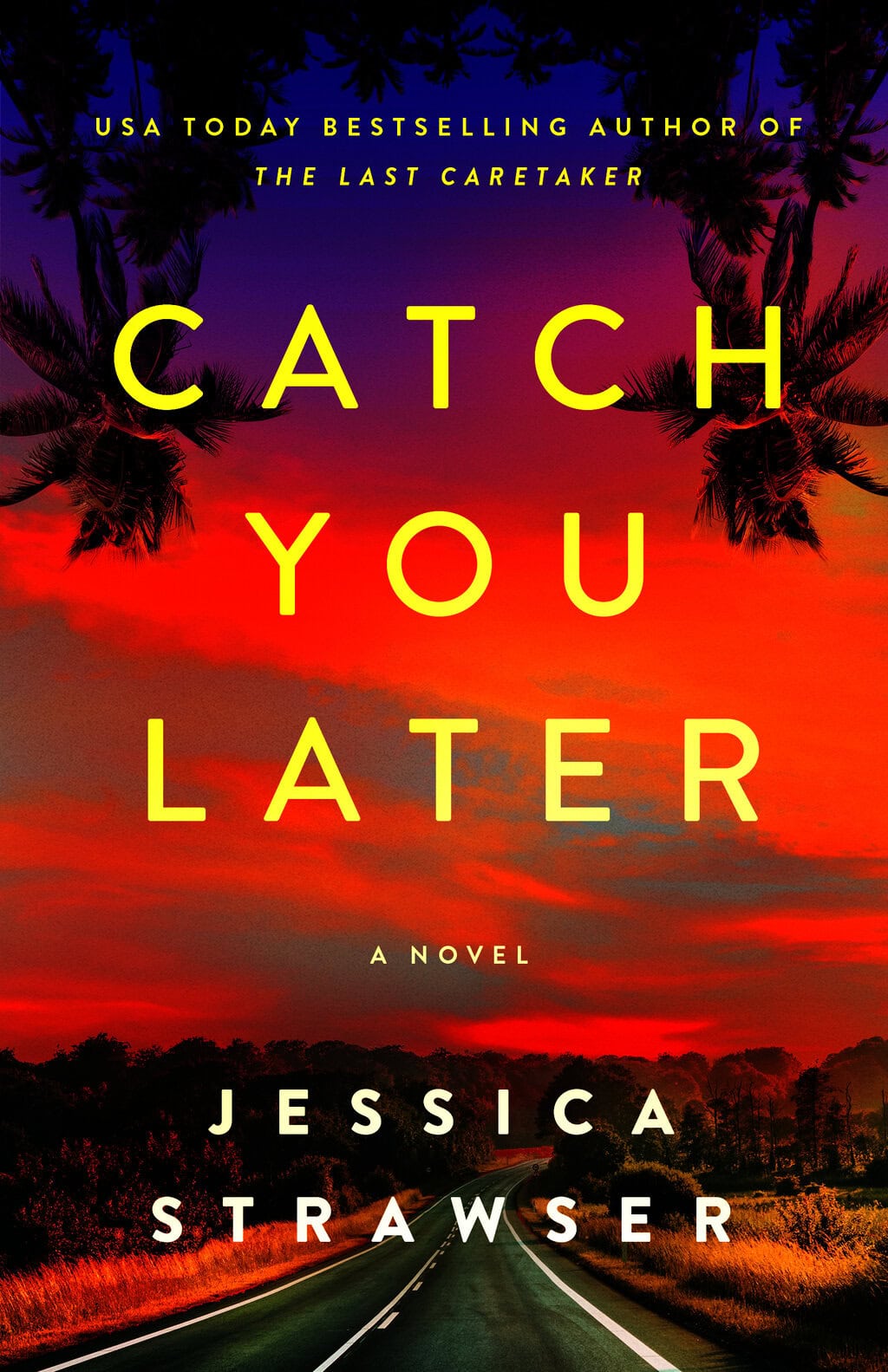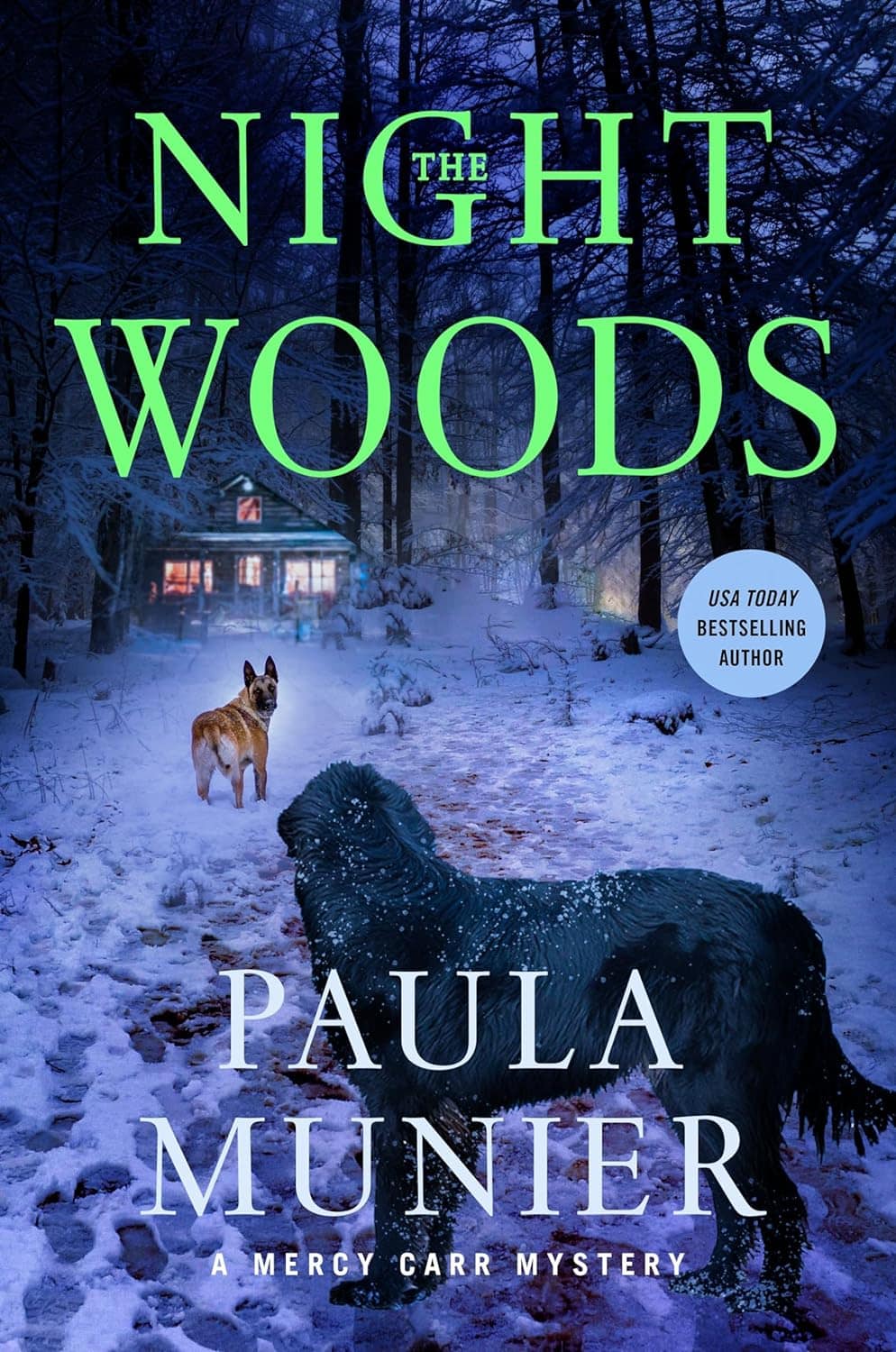4 Tips for Writing Historical Fiction
Stories from the past seem like they’re seizing attention as never before, from the mid-20th-century bestsellers When the Crawdads Sing by Delia Owens and All the Light We Cannot See by Anthony Doerr to novels set in long-ago centuries like Wolf Hall by Hilary Mantel and the Saxon Tales by Bernard Cornwell, both of which have been adapted for television. In interviews, these authors talk about being drawn to the past as the framework for their novels and of the creative satisfaction of bringing historic characters to life. But that does not mean the books were easy to create. While I hesitate to call myself an expert, I read, write, and think about historical fiction a great deal, and Career Authors has asked me to share some of my observations on writing in the genre:
#1 Pick your period with care
Most historical-fiction writers select the time period because of a deep interest in that era. Such passion for a distant time can translate into a novel bursting with fascinating detail and description. But there are a few traps to avoid when making your choice. One is you will throw yourself into writing a story that fascinates you but is not of interest to enough potential readers to make it a commercially viable book to agents and editors, if that is your intent. Think about someone in a Facebook group going on at great length about discovering she is descended from a certain duke, prime minister, or queen. Honestly, are you as interested as she is? Probably not.
The second thing to avoid is writing a time period of genuine interest to a lot of people but one where you have become so much of an authority that your interest skews to the obscure discovered details, contradictions, and reversals that startled you. The reading public might not be as on the edge of their seat as you to learn that the Prince Regent spent time with a certain obscure mistress or a third-tier Civil War battle began due to a supply breakdown. In other words, keep your canvas large.
Keep your canvas large.
The third thing to avoid is choosing a time period that is deeply out of fashion in the market. Wait a minute—I’m supposed to follow my heart and write what moves me most, is what you may be thinking. And yes, that’s true in an ideal world. However, the publishing industry seems particularly risk-averse right now. You could find an enthusiastic home for your novel—or you could hit a painful patch of rejection. My best recommendation is to join the Historical Novel Society and start receiving their quarterly publication Historical Novel Review. You will then be able to read about recent deals as well as lots of book reviews and get a good sense of the market. The HNR review section even breaks it all down by century, so it quickly becomes obvious what is selling well. Seven years ago, you would see a lot of Tudor novels and scarcely any World War II-set novels. Today it is exactly the opposite. It’s nice to know this!
# 2 Keep a light hand with your research on the page
If you’re working on a historical novel, you’ve probably already been cautioned about the dreaded “info dump.” This is when a novel stops in its tracks to descend into a passage of historical detail or lengthy background. I’ll never forget reading a novel set in the Gilded Age in which a character was running for his life through the rooms of an exquisite mansion and the action halted to describe the ceiling molding. This kind of mistake will ruin your pacing and make readers’ eyes glaze over. It’s character and conflict that keep a story moving, not a long description of a dress or building or cannon.
Work in fascinating facts while keeping the story moving
What makes this so challenging for novelists is that we just love these details. But you can work in fascinating facts while keeping the story moving, such as Kate Quinn’s writing about female Soviet pilots in The Huntress. The reader learns a lot while the story flies—literally! To try to deal with the info dump challenge, I recommend finding honest beta readers who will tell you when you’re going on too long in certain passages. And then, when you get the feedback, the delete button is your friend. I know…it hurts.
#3 Think about your dialogue
This one is very subjective. Some authors write dialogue filled with expressions, vocabulary, and slang that is true to the book’s time. I think too much of this can come across as stilted and labored. Of course, the other end of the spectrum is using words in your novel’s dialogue that were not yet invented. Anachronisms in your work are a sure way to get mocking reviews on Amazon and Goodreads, folks.
Find authors who do dialogue the way you most admire, and study their choices.
I like spare, elegant dialogue with just a few words here and there that most readers might not know. I’m inspired by two authors who wrote superb ancient-world novels: Mary Renault and Robert Graves. Whenever I reread The Persian Boy or I, Claudius, I’m blown away by how natural their dialogue is. I slip into a world of more than two thousand years ago with ease. Find authors who do dialogue the way you most admire, and study their choices.
#4 Use contemporary sources whenever you can
What can really make your novel stand out is re-creating a time drawing on the letters or papers written by people who lived then. When I wrote my first novel, The Crown, I had trouble finding out how the nuns and monks of early 16th century England went about their daily lives. My breakthrough came in reading books written by nuns and abbesses and, most of all, their letters. The day I tracked down a complaining letter written by the prioress of Dartford Abbey in 1527, I danced around the room. It gave me so much more insight!
With Dreamland, I could draw on newspaper archives, which to me was a treasure trove. In the summer of 1911, a horrific heatwave hit the northeast United States. Newspaper stories gave me details about what it was like to survive a stretch of 100-degree-plus days pre-air conditioning. When I read that one despairing man threatened a police officer with a knife and another jumped off a pier into the East River even though he couldn’t swim, it drove home how miserable this heatwave truly was, and I felt ready to write.
Fans of historical fiction are devoted, loyal readers. They know that these books can be a lot of hard work, and they appreciate it! Once you’re on your path to writing a novel set in the past, you can look forward to joining a wonderful community.
Join the discussion on Facebook!
Nancy Bilyeau is the author of the historical thriller “The Blue”  and the Tudor mystery series “The Crown,” “The Chalice,” and “The Tapestry,” on sale in nine countries. She is a magazine editor who has lived in the United States and Canada.
and the Tudor mystery series “The Crown,” “The Chalice,” and “The Tapestry,” on sale in nine countries. She is a magazine editor who has lived in the United States and Canada.
Her next novel, Dreamland, is set in New York City: A rebellious young heiress spending the summer in a luxury hotel a mile from Coney Island falls in love with an immigrant artist in the forbidden Dreamland and leaves her Gilded  Age world to find the person responsible for a series of murders.
Age world to find the person responsible for a series of murders.
Nancy’s mind is always in past centuries but she currently lives with her husband and two children in New York City. You can connect with her online at www.nancybilyeau.com, follow her on Twitter @tudorscribe, and link to her author page on Amazon to stay apprised of all her latest releases.





